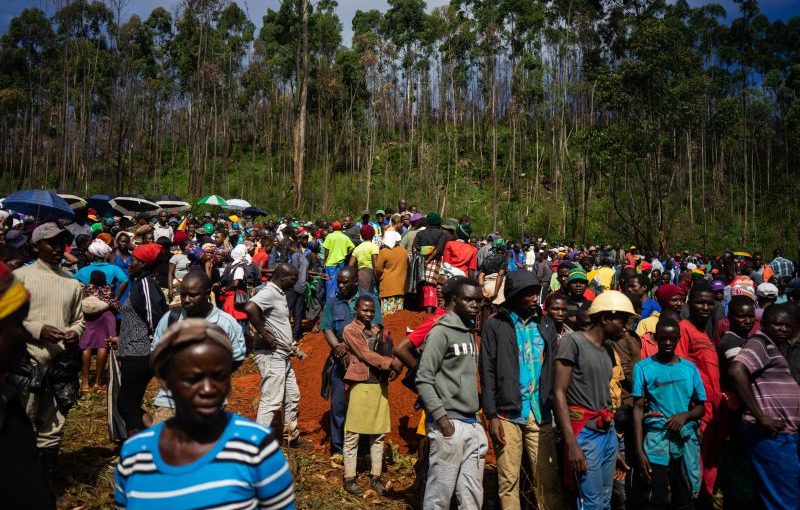GOVERNMENT must consider compensation for victims of the devastating tropical storm that wreaked havoc mainly in Manicaland’s south-eastern district early this year, leaving over 400 people dead and tens of thousands homeless, the World Bank (WB) has said.
In a recent report titled: ‘Zimbabwe Rapid Impact and Needs Assessment (RINA)’, the WB came up with a number of alternatives the government can implement to assist thousands of people whose homes were destroyed during the devastating cyclone in Chimanimani, Chipinge, Buhera, Bikita, Gutu and Chikomba districts.
According to the WB, besides the death and displacements, a total of 17 715 houses were destroyed at an estimated cost of US$205 million.
“A compensation model in which all those affected by the cyclone that has had their homes damaged would be provided with an amount that is equal to the cost of their damaged house.
“There could also be a subsidised model, whereas all those affected by the cyclone that has had their homes damaged would be provided with a uniform house subsidised by the government,” the WB says in its report released last Friday.
The multilateral institution in the report also suggested that the government could distribute basic building materials and tools.
“Provision of materials and the necessary tools in quantities equivalent to producing a very basic shelter is preferable to tent solutions. It allows families to stay in the same locations, and utilises their labour, cash and salvaged materials for an immediate shelter solution.
“Alternatively, cash may be given to the affected households to purchase these materials,” the bank suggested.
Thousands of dispersed families are currently housed in tents at temporary shelter camps.
Government, according to the WB, should also be careful not to build homes on land susceptible to future disasters.
“Ideally reconstruction of houses should be based on acceptable structural standards with appropriate hazard-resistant features incorporated. Detailed studies need to be undertaken to identify (and avoid) land susceptible to future natural disasters like severe and recurrent flooding, cyclones, landslides, and erosion.
“Re-building on original plots in some of these areas will be ill-advised due to serious future risk to property or life,” said the report.






